Home>Storage Ideas>Kitchen Storage>Scandinavian Kitchens: 20 Ideas Function And Character
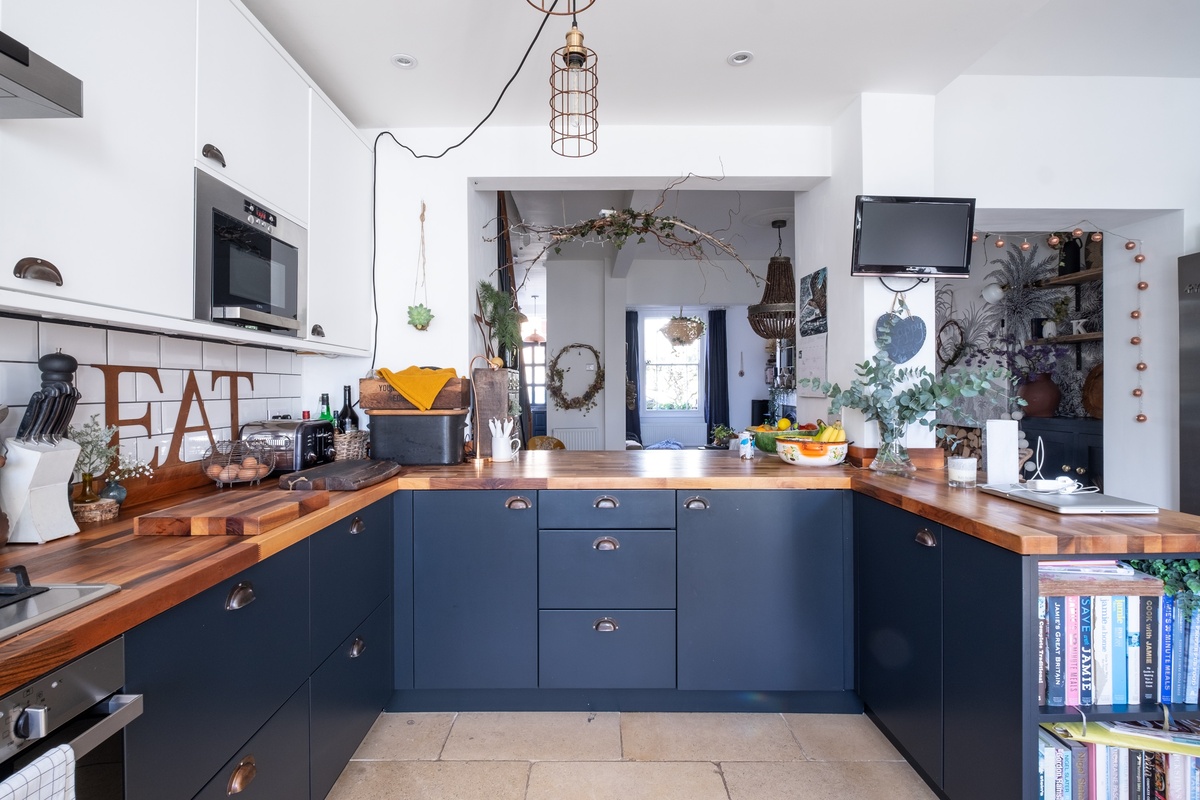

Kitchen Storage
Scandinavian Kitchens: 20 Ideas Function And Character
Modified: January 7, 2024
Discover 20 functional and character-filled kitchen storage ideas for your Scandinavian kitchen. Maximize space and style with these innovative solutions.
(Many of the links in this article redirect to a specific reviewed product. Your purchase of these products through affiliate links helps to generate commission for Storables.com, at no extra cost. Learn more)
Introduction
Scandinavian kitchens have gained immense popularity in recent years for their unique blend of functionality and character. Rooted in the design principles of simplicity, minimalism, and functionality, Scandinavian kitchens offer a contemporary and inviting space that is both practical and visually pleasing.
With a focus on natural materials, clean lines, and bright color palettes, Scandinavian kitchens embrace a minimalist approach while still providing ample storage and organization solutions. From open shelving to smart storage options, these kitchens prioritize efficiency without compromising on style.
In this article, we will explore 20 ideas that showcase the essence of Scandinavian kitchen design. Whether you’re looking to revamp your existing kitchen or are in the process of designing a new one, these ideas will inspire you to create a space that is both functional and aesthetically pleasing.
Key Takeaways:
- Embrace the simplicity and functionality of Scandinavian kitchen design by incorporating natural materials, clean lines, and a bright color palette to create a visually stunning and highly practical space.
- Infuse your Scandinavian-inspired kitchen with cozy and warm elements, innovative appliances, and unique furniture and accessories to elevate the functionality and style of the space while reflecting your personal taste and lifestyle.
Use of Natural Materials
One of the defining features of Scandinavian kitchens is the prominent use of natural materials. From wood to stone and metal, these kitchens showcase the beauty of organic elements, adding warmth and texture to the space.
Wood is a staple material in Scandinavian kitchen design. Whether it’s hardwood floors, cabinets, or countertops, the use of wood brings a sense of nature indoors. Lighter wood tones, such as birch or pine, are often preferred to create a bright and airy atmosphere. Additionally, the natural grains and patterns of the wood add visual interest to the space.
Incorporating stone elements, such as marble or granite, further enhances the natural aesthetic of Scandinavian kitchens. Stone countertops or backsplashes not only offer durability but also create a luxurious feel. The cool tones of stone materials complement the overall neutral color palette commonly seen in Scandinavian design.
Metal accents, such as stainless steel or copper, are often used for appliances and fixtures in Scandinavian kitchens. These materials add a sleek and modern touch while maintaining a sense of harmony with the natural elements. The combination of wood, stone, and metal creates a balanced and inviting atmosphere in the kitchen.
Aside from their aesthetic appeal, natural materials also contribute to the sustainability aspect of Scandinavian design. The use of eco-friendly and renewable materials aligns with the Scandinavian ethos of embracing a more sustainable lifestyle.
Whether it’s through wooden floors, stone countertops, or metal accents, incorporating natural materials in your Scandinavian kitchen creates a timeless and inviting space that seamlessly connects with the surrounding environment.
Minimalistic Design
At the heart of Scandinavian kitchen design is the principle of minimalism. The clean and clutter-free aesthetics of these kitchens create a sense of calm and tranquility, allowing the functional aspects to take center stage.
One key characteristic of minimalistic Scandinavian kitchens is the absence of excessive ornamentation. Simple and streamlined designs, with clean lines and geometric shapes, create a visually pleasing and serene atmosphere. Minimalistic kitchens prioritize functionality, ensuring that every element serves a purpose.
The color palette in Scandinavian kitchens is typically light and neutral, consisting of whites, creams, greys, and pastels. These colors not only reflect natural light and make the space feel more spacious but also contribute to the overall minimalist aesthetic. A monochromatic color scheme further enhances the clean and cohesive look.
In terms of furniture and decor, less is more in Scandinavian design. Sleek and uncluttered kitchen cabinets provide ample storage space while maintaining a minimalist look. Open shelving is often utilized to display curated collections of kitchenware and add a touch of personalization to the space.
When it comes to kitchen appliances, Scandinavian kitchens prioritize functionality and integration. Built-in appliances, such as refrigerators and dishwashers, are seamlessly incorporated behind cabinetry to maintain a streamlined appearance. This not only ensures a cohesive look but also maximizes the available space.
To achieve a minimalistic design in your Scandinavian kitchen, focus on clean lines, neutral colors, and decluttering. Opt for sleek and simple furniture, utilize open shelving strategically, and integrate appliances discreetly. By embracing minimalism, you can create a kitchen that is both visually appealing and highly functional.
Open Shelving
Open shelving is a prominent feature in Scandinavian kitchen design, adding a functional and decorative element to the space. It not only provides easy access to commonly used items but also allows for the display of beautiful kitchenware and personal accents.
One of the advantages of open shelving is its ability to create a sense of openness and airiness in the kitchen. Unlike closed cabinets, open shelves do not visually block off the space, making the kitchen feel larger and more inviting. This is particularly beneficial for smaller kitchens or those with limited natural light.
Open shelves also offer a practical solution for organizing and storing frequently used items. By having cookware, dishes, and utensils readily accessible, it eliminates the need to rummage through cabinets, saving both time and effort. It encourages a more efficient workflow in the kitchen.
Scandinavian kitchens often showcase open shelving with a minimalist and curated approach. The items on the shelves are intentionally chosen and arranged to create an aesthetically pleasing display. This allows for personalization and adds a touch of character to the space.
When incorporating open shelving in your Scandinavian kitchen, consider a few key tips. First, ensure that the shelves are sturdy and can support the weight of your dishware and other items. Opt for light-colored shelves to maintain the overall bright and airy aesthetic of Scandinavian design.
Organize items on the shelves in an intentional and visually appealing manner. Stack plates and bowls neatly, hang pots and pans, and arrange glassware in an orderly fashion. Consider adding some living greenery, such as potted herbs, to bring a touch of nature into the kitchen.
However, it’s important to strike a balance when using open shelving. While it offers easy access and a decorative element, it can also expose items to dust and require more frequent cleaning. Therefore, consider a combination of open shelves and closed cabinets to cater to both functional and aesthetic needs.
Open shelving can transform a Scandinavian kitchen into a stylish and functional space. It provides a platform for showcasing beautiful kitchenware while maintaining an open and inviting atmosphere.
Bright and Light Color Palettes
A hallmark of Scandinavian kitchen design is the use of bright and light color palettes. These color schemes contribute to the overall airy and spacious feel of the space while reflecting and maximizing natural light.
White is a predominant color choice in Scandinavian kitchens, as it creates a clean, fresh, and timeless look. It serves as a blank canvas that allows other design elements to stand out and adds a sense of purity and serenity to the space. White cabinetry, walls, and countertops are commonly seen in Scandinavian kitchens, providing a bright and luminous backdrop.
In addition to white, pastel shades and soft neutrals are often incorporated into the color palette. Light greys, pale blues, and muted greens add subtle pops of color while maintaining a calm and tranquil ambiance. These softer hues create a soothing atmosphere that is characteristic of Scandinavian design.
The use of light colors extends beyond the walls and cabinetry. Flooring, whether it’s hardwood or tiles, is often kept in light tones to enhance the brightness of the space. Light-colored countertops, such as marble or quartz, further contribute to the overall brightness and reflectivity of the kitchen.
One advantage of a bright and light color palette is its ability to make a small or narrow kitchen appear larger. Lighter colors have the visual effect of expanding the space and creating an illusion of openness. This is especially beneficial in Scandinavian kitchens, where functionality and efficiency are prioritized.
However, it’s worth noting that a predominantly light color scheme does not mean the absence of contrast. Scandinavian kitchens often incorporate darker accents or elements to create visual interest and depth. For example, black or dark grey fixtures, hardware, or countertops can be used to provide a striking contrast against the light backdrop.
In summary, bright and light color palettes are a key feature of Scandinavian kitchens. These color schemes enhance the sense of space, maximize natural light, and create a clean and serene atmosphere. Consider incorporating white, pastels, and soft neutrals to achieve the signature Scandinavian look in your kitchen.
Read more: 20 Best Walk In Pantry Ideas For More Space
Incorporating Natural Light
Natural light plays a crucial role in Scandinavian kitchen design, as it not only enhances the overall ambiance but also contributes to a sense of openness and connection with the surrounding environment. Incorporating natural light into your kitchen design can transform the space, making it brighter, more inviting, and visually appealing.
One of the primary ways to maximize natural light in a Scandinavian kitchen is through the strategic placement of windows. Large windows or floor-to-ceiling glass walls are common features in these kitchens, allowing an abundance of natural light to flood the space. These windows not only provide panoramic views but also create a seamless transition between the indoor and outdoor areas.
If your kitchen does not have access to a large amount of natural light through windows, you can consider alternative methods to introduce light. Skylights or roof windows can be installed to allow sunlight to enter from above, giving the kitchen a bright and airy feel.
In addition to maximizing the use of natural light, it’s important to also consider the placement of artificial lighting in the kitchen. Scandinavian kitchens often utilize a combination of overhead lighting, pendant lights, and under-cabinet lighting to supplement the natural light and create a well-lit working area.
When it comes to window coverings, keep them minimal to allow maximum light penetration. Sheer curtains or blinds can be used to provide privacy while still allowing natural light to filter through. Avoid heavy curtains or thick blinds that block out too much light and make the space feel dark and closed off.
By embracing and incorporating natural light in your Scandinavian kitchen design, you not only create a brighter and more visually pleasing space but also benefit from the positive effects of natural light on your mood and well-being. The combination of large windows, skylights, and well-placed artificial lighting will transform your kitchen into a welcoming and light-filled environment.
Functional and Efficient Layout
A key aspect of Scandinavian kitchen design is its emphasis on functionality and efficiency. The layout of a Scandinavian kitchen is carefully planned to ensure that every element serves a purpose and contributes to a seamless and practical workflow.
One of the main design principles of a functional Scandinavian kitchen is the concept of the “kitchen work triangle.” This refers to the ideal arrangement of the three primary work areas in the kitchen: the refrigerator, the sink, and the stove. The layout should allow for easy movement between these areas, minimizing the distance and time spent navigating the kitchen.
In a Scandinavian kitchen, the layout is often designed to be open and accessible. The placement of appliances, cabinets, and countertops is carefully considered to create an efficient and ergonomic space. Cabinets and drawers are strategically located near work areas for easy access to utensils, cookware, and ingredients.
Furthermore, Scandinavian kitchens often prioritize ample counter space for food preparation. This allows for multiple tasks to be carried out simultaneously and ensures that there is enough room to work comfortably.
Another element of a functional Scandinavian kitchen is the incorporation of storage solutions that maximize space and organization. From built-in spice racks and drawer dividers to pull-out pantry shelves and vertical storage, these kitchens prioritize efficient storage to keep everything within easy reach and in order.
In terms of layout, Scandinavian kitchens often embrace an open concept design. This not only creates a sense of spaciousness but also promotes interaction and connectivity with other areas of the home, such as the dining or living room. The open layout allows for seamless transitions between cooking, dining, and entertaining.
When planning the layout of your Scandinavian kitchen, consider the placement of key elements to create a functional and efficient space. Optimize the kitchen work triangle, ensure ample counter space, and incorporate smart storage solutions. By doing so, you can create a kitchen that is not only visually appealing but also highly practical and enjoyable to work in.
Sustainable and Eco-Friendly Elements
Scandinavian kitchen design goes hand in hand with a commitment to sustainability and eco-friendliness. These kitchens prioritize the use of environmentally friendly materials, energy-efficient appliances, and sustainable practices to minimize their impact on the environment.
One of the ways Scandinavian kitchens embrace sustainability is through the use of eco-friendly materials. From countertops made of recycled glass to cabinets constructed from sustainably sourced wood, these kitchens prioritize materials that have a minimal ecological footprint. Using renewable and recycled materials not only reduces waste but also adds a unique touch to the design.
Energy efficiency is a key consideration in Scandinavian kitchen design. Energy-saving appliances, such as induction cooktops, convection ovens, and energy-efficient dishwashers, are commonly incorporated. LED lighting is also preferred over traditional incandescent bulbs, as it consumes less energy and has a longer lifespan. These appliances and lighting choices not only reduce energy consumption but also lower utility costs.
In addition to sustainable materials and energy-saving appliances, Scandinavian kitchens often implement sustainable practices in their design. Recycling stations are integrated into the layout to encourage proper waste management. Composting bins may also be incorporated to reduce food waste and create nutrient-rich soil for gardening purposes.
Furthermore, water-saving fixtures are frequently used in Scandinavian kitchens to reduce water consumption. Low-flow faucets and efficient dishwasher settings help conserve water without compromising on functionality.
Incorporating sustainable and eco-friendly elements in your Scandinavian kitchen not only minimizes your carbon footprint but also promotes a healthier and more eco-conscious lifestyle. By opting for eco-friendly materials, energy-efficient appliances, and sustainable practices, you can create a kitchen that is not only visually stunning but also environmentally responsible.
By prioritizing sustainable and eco-friendly elements, Scandinavian kitchens showcase their commitment to creating a greener and more sustainable future.
Smart Storage Solutions
Efficient storage solutions are a hallmark of Scandinavian kitchen design. These kitchens prioritize smart and innovative storage solutions to maximize space, enhance organization, and keep essential items easily accessible.
One popular storage solution in Scandinavian kitchens is the use of deep drawers instead of traditional lower cabinets. Deep drawers provide more efficient storage for pots, pans, and larger kitchen utensils, allowing for easy access and better organization. The drawers can be customized with dividers and inserts to further optimize space and keep items neatly organized.
Another smart storage solution is the utilization of vertical space. Tall cabinets or pantry units with adjustable shelves offer ample storage for dry goods, canned goods, and small appliances. This maximizes storage capacity while keeping the kitchen visually clean and uncluttered.
Scandinavian kitchens often feature pull-out pantries for storing spices, condiments, and other frequently used items. These pull-out units make it easy to see and access everything stored inside, allowing for efficient meal preparation and preventing items from getting lost at the back of the cabinet.
Open shelving is another smart storage solution commonly seen in Scandinavian kitchens. It not only adds a decorative touch but also provides storage space for displaying beautiful kitchenware and frequently used items. Instead of hiding everything behind closed doors, open shelving promotes a sense of accessibility and personalization.
Innovative storage solutions, such as corner cabinets with rotating shelves or hidden appliance storage, are also popular in Scandinavian kitchens. These clever designs utilize every inch of space and make it easier to access items that would otherwise be difficult to reach.
Lastly, Scandinavian kitchens often incorporate thoughtful storage solutions for small items, such as cutlery, utensils, and spices. Drawer organizers, magnetic knife strips, and spice racks are strategically placed to ensure easy access and efficient organization.
By implementing smart storage solutions in your Scandinavian kitchen, you can create a space that is not only visually appealing but also highly functional and organized. From deep drawers and vertical cabinets to pull-out pantries and open shelving, these storage solutions enhance efficiency and make day-to-day tasks in the kitchen a breeze.
Focus on Functionality
One of the guiding principles in Scandinavian kitchen design is a strong emphasis on functionality. Scandinavian kitchens prioritize practicality and efficiency to create a space that is not only visually appealing but also highly functional and user-friendly.
Functionality begins with the layout of the kitchen. The design aims to create a natural flow and easy navigation between key areas, such as the sink, stove, and refrigerator. This layout, often referred to as the “kitchen work triangle,” ensures that the most frequently used areas are within a convenient distance of each other, minimizing steps and maximizing efficiency during meal preparation.
In Scandinavian kitchens, every element is carefully considered for its functionality. Cabinets and drawers are designed to optimize storage space and organization. Deep drawers, pull-out pantries, and adjustable shelving make it easy to access items and keep the kitchen clutter-free. The placement of appliances is strategic, ensuring they are within reach for seamless cooking and cleaning.
Scandinavian kitchens also prioritize ergonomic design. Countertop heights are set at a comfortable level, reducing strain on the back and shoulders during food preparation. Handles and knobs on cabinets and drawers are chosen for their ease of use and ergonomic design.
In terms of appliances, functionality takes center stage in Scandinavian kitchens. Energy-efficient appliances that are convenient to use and maintain are preferred. Built-in appliances, such as ovens and microwaves, are strategically placed for easy accessibility, while integrated dishwashers and refrigerators maintain a streamlined appearance.
Functional lighting is also essential in Scandinavian kitchens. A combination of ambient, task, and accent lighting is used to provide adequate illumination for various activities, ensuring a well-lit and functional workspace.
Overall, the focus on functionality in Scandinavian kitchen design creates a highly efficient and user-friendly space. The layout, storage solutions, appliances, and lighting are all carefully selected and arranged to enhance usability and make everyday tasks in the kitchen effortless and enjoyable.
By prioritizing functionality, your Scandinavian kitchen will not only look beautiful but also be a practical and functional space that supports your cooking and culinary needs.
Mixing Old and New Elements
One of the charming aspects of Scandinavian kitchen design is the artful combination of old and new elements. Scandinavian kitchens often feature a blend of traditional, vintage-inspired pieces with sleek and contemporary design elements, creating a unique and eclectic aesthetic.
By incorporating vintage or antique pieces alongside modern fixtures, Scandinavian kitchens evoke a sense of nostalgia and warmth while still maintaining a fresh and updated look. This juxtaposition of old and new adds character, depth, and visual interest to the space.
One way to mix old and new elements in a Scandinavian kitchen is through the use of vintage-inspired furniture. An antique farmhouse table as a kitchen island or a retro-style dining set can add a touch of nostalgia and create a cozy, lived-in atmosphere. Pairing these vintage pieces with modern seating or lighting fixtures creates a harmonious and balanced look.
Reclaimed or salvaged materials are another way to incorporate old elements into a Scandinavian kitchen. For example, using reclaimed wood for countertops or flooring adds a rustic and sustainable touch to the space. Vintage-style tiles or wallpaper can also be used to create a focal point or accent wall, adding visual interest and texture.
Old-fashioned kitchenware and accessories can also be incorporated into the design. Displaying vintage enamelware, antique utensils, or retro appliances on open shelves or as decorative pieces can bring a sense of nostalgia and charm to the space. These vintage items serve as conversation starters and add a personal touch to the kitchen.
However, it’s important to strike a balance when incorporating old and new elements, ensuring that the overall design remains cohesive. Integrating vintage pieces without overwhelming the space is key. Consider using them as focal points or accent pieces rather than incorporating too many competing styles.
The mixing of old and new elements in a Scandinavian kitchen adds a touch of history and individuality. It creates a space that feels curated and unique, reflecting your personal style and adding a sense of warmth and personality to the overall design.
By artfully combining vintage-inspired pieces with modern design elements, your Scandinavian kitchen will become a visually captivating and inviting space that exudes character and charm.
When designing a Scandinavian kitchen, focus on functionality and simplicity. Use light colors, natural materials, and minimalistic design to create a space that is both practical and full of character.
Scandinavian-Inspired Backsplash Designs
When it comes to Scandinavian kitchen design, the backsplash is an area where you can infuse creativity and add a touch of Scandinavian flair. Scandinavian-inspired backsplash designs often embrace simplicity, natural materials, and subtle patterns to create a visually appealing and cohesive look.
One popular choice for a Scandinavian backsplash is subway tiles. These classic and timeless tiles provide a clean and crisp backdrop for the kitchen. Opt for white or light-colored subway tiles to maintain the bright and airy aesthetic of Scandinavian design. The clean lines and simple pattern of subway tiles complement the minimalist look and provide a sense of continuity.
Natural materials, such as marble, stone, or wood, are also widely used in Scandinavian backsplash designs. A marble backsplash adds elegance and sophistication, while a stone backsplash brings a rustic and organic feel to the kitchen. Wood backsplashes offer warmth and texture, creating a cozy Scandinavian ambiance.
Incorporating patterned tiles in a Scandinavian kitchen can add a subtle visual interest. Choose tiles with geometric patterns or simple motifs in soft hues. The patterns should be understated and not overpowering, keeping with the minimalist aesthetic of Scandinavian design. These patterns can add a touch of playfulness and personality to the backsplash.
To maintain a cohesive look, consider extending the backsplash to cover the entire wall behind the stove and sink area. This creates a seamless and uniform appearance, allowing the backsplash to become the focal point of the kitchen design.
Another option for a Scandinavian-inspired backsplash is a mirrored or reflective surface. Mirrored backsplashes can create an illusion of more space and reflect natural light, adding brightness to the kitchen. This works especially well in small or narrow kitchens where you want to maximize the feeling of openness.
When choosing a backsplash for your Scandinavian kitchen, keep in mind the overall design aesthetic and the importance of simplicity. Opt for materials and patterns that enhance the bright and airy feel of the space while adding a subtle visual interest. With the right choice of backsplash, you can elevate the style and create a cohesive and visually stunning Scandinavian kitchen.
Emphasis on Clean Lines
Clean lines are a defining feature of Scandinavian kitchen design. With a focus on minimalism and simplicity, Scandinavian kitchens prioritize clean, straight lines to create a sleek and uncluttered aesthetic.
In Scandinavian kitchen design, clean lines can be found in various elements, from cabinets and countertops to furniture and fixtures. The cabinetry is often characterized by flat-front doors and minimal adornments, creating a streamlined and seamless look. This minimalistic approach eliminates any unnecessary details and promotes a sense of order and tranquility.
Countertops in Scandinavian kitchens also embrace clean lines. Smooth, straight edges and minimal visible seams contribute to the clean and cohesive appearance. Common choices for countertops include quartz, marble, or solid surface materials, which offer a sleek and uniform look.
The emphasis on clean lines extends to other elements such as furniture and appliances. Scandinavian kitchen furniture often features sleek and straight designs with minimal ornamentation. Chairs and bar stools with slender legs and clean silhouettes are commonly chosen to maintain the streamlined aesthetic.
When it comes to appliances, Scandinavian kitchens value simplicity and integration. Built-in appliances are favored to maintain a clean and uncluttered look. Appliances such as refrigerators and dishwashers are often concealed behind cabinetry, contributing to the seamless and minimalistic appearance.
Lighting fixtures also follow the principle of clean lines in Scandinavian kitchens. Pendant lights or recessed lighting with simple and unobtrusive designs offer a sleek and modern touch. These fixtures blend seamlessly into the overall design, enhancing the clean and minimalist ambiance.
The emphasis on clean lines in Scandinavian kitchen design creates a visually appealing and harmonious space. It promotes a sense of order and simplicity while allowing the beauty of the materials and overall design to shine.
When designing your Scandinavian kitchen, opt for furniture, cabinetry, countertops, and lighting fixtures that embrace clean lines. Choose minimalist designs with sleek and straight edges to create a cohesive and serene environment. By embracing clean lines, you can achieve a contemporary and timeless look that is characteristic of Scandinavian kitchen design.
Integration of Technology
In the modern age, technology plays a significant role in our daily lives, and Scandinavian kitchens embrace the integration of technology to enhance functionality and convenience. The seamless incorporation of technology into the design of these kitchens allows for a more efficient and enjoyable cooking experience.
One prominent aspect of technology integration in Scandinavian kitchens is the use of smart appliances. From intelligent refrigerators that can track inventory and suggest recipes to ovens with smartphone connectivity, these appliances bring convenience and innovation to the kitchen. Smart appliances offer features such as remote control, pre-programmed cooking settings, and energy-saving modes, making everyday tasks more efficient and effortless.
Scandinavian kitchens often feature built-in charging stations and docking stations to keep electronic devices organized and easily accessible. This integration of technology ensures that devices are charged and ready for use during meal preparation or entertaining.
Lighting is another area where technology integration is prevalent. Scandinavian kitchens employ smart lighting systems that can be controlled remotely or through voice commands. Dimmable LED lights provide adjustable illumination for different tasks and create ambience. Motion sensor lights are also utilized to save energy and increase convenience.
Furthermore, the integration of technology extends to kitchen ventilation systems. Scandinavian kitchens make use of smart ventilation hoods that automatically adjust extraction power based on cooking activities. These hoods monitor heat and smoke levels, ensuring a fresh and odor-free environment. Timer functions and sensor-based operation contribute to an energy-efficient and user-friendly experience.
Scandinavian kitchens also embrace the integration of technology through the use of smart home systems. Smart home hubs and voice assistants enable hands-free control of appliances, lighting, and other connected devices in the kitchen. This level of automation and control adds convenience and enhances the overall functionality of the space.
When designing your Scandinavian kitchen, consider incorporating technology that aligns with your needs and enhances your cooking experience. Choose smart appliances, lighting systems, and home automation devices that will streamline your tasks and add convenience to your daily routine. By integrating technology thoughtfully, you can elevate the functionality and efficiency of your Scandinavian kitchen.
Innovative Kitchen Appliances
Innovation is at the forefront of Scandinavian kitchen design, and this extends to the appliances used in these kitchens. Innovative kitchen appliances not only enhance the functionality and efficiency of the space but also add a touch of modernity and sophistication.
One example of innovative kitchen appliances in Scandinavian kitchens is the induction cooktop. Induction technology uses electromagnetic fields to heat up the cookware directly, allowing for faster and more precise cooking. Induction cooktops offer rapid heating, precise temperature control, and easy cleanup, making them a popular choice in Scandinavian kitchens.
Steam ovens are another innovative appliance commonly found in Scandinavian kitchens. These ovens utilize steam to cook food, preserving nutrients and flavors and resulting in healthier meals. Steam ovens offer versatile cooking options, including steam baking, sous-vide cooking, and reheating functions. They also provide the convenience of rapid preheating and self-cleaning features.
Integrated dishwasher drawers are a space-saving and innovative solution for Scandinavian kitchens. These dishwashers come in separate drawers that can be used independently or simultaneously, allowing for greater flexibility and efficiency in dishwashing. This design allows for smaller loads, water, and energy savings.
Smart refrigerators have also gained popularity in Scandinavian kitchens. These refrigerators offer features such as Wi-Fi connectivity, touchscreen interfaces, and internal cameras that allow you to view the contents remotely. They provide advanced temperature control, personalized settings, and even suggest recipes based on the available ingredients.
Innovative appliances in Scandinavian kitchens also extend beyond the traditional kitchen essentials. Built-in coffee machines, wine coolers, and compact steamers are just a few examples of specialized appliances that can elevate the functionality and convenience of the kitchen.
Scandinavian kitchens are known for their commitment to efficiency and sustainability. Therefore, many innovative appliances are designed with energy-saving features, such as low water consumption, low-power modes, or eco-friendly materials. These appliances not only enhance the efficiency of the kitchen but also contribute to a more sustainable lifestyle.
When selecting appliances for your Scandinavian kitchen, consider innovative options that align with your needs and lifestyle. Look for appliances that prioritize efficiency, energy-saving features, and advanced functionalities that will enhance your cooking experience and elevate the overall functionality of your kitchen.
Rustic Scandinavian Kitchens
While Scandinavian design is often associated with minimalism and clean lines, there is also a long-standing tradition of incorporating rustic elements to create a warm and inviting atmosphere in the kitchen. Rustic Scandinavian kitchens blend the simplicity of Scandinavian design with the charm and character of rustic elements.
One of the key features of rustic Scandinavian kitchens is the use of natural materials. Wood, in particular, plays a prominent role in creating a rustic look. Exposed wooden beams on the ceiling, hardwood floors, or reclaimed wood accents on cabinetry add warmth and texture to the space. The natural grains and imperfections of the wood contribute to the rustic charm.
Cabinets and furniture in rustic Scandinavian kitchens often feature a distressed or weathered finish. This adds a sense of age and history to the design, mimicking the look of antique furniture. Distressed finishes can be achieved through techniques like hand-scraping or sanding, giving the kitchen a lived-in and cozy feel.
Open shelving is another characteristic of rustic Scandinavian kitchens. Instead of sleek and modern cabinets, open shelves create a more relaxed and casual atmosphere. Wooden shelves or rustic metal brackets further enhance the rustic aesthetic, providing a space to display vintage dishes, mugs, and other kitchenware.
Rustic Scandinavian kitchens embrace the use of vintage or retro-inspired appliances. Classic-style stoves, farmhouse sinks, and vintage-inspired fixtures add a touch of nostalgia and authenticity to the space. These appliances, often with exposed metal or retro colors, contribute to the rustic charm while still being functional and efficient.
When it comes to colors, rustic Scandinavian kitchens often feature warm and earthy tones. Neutral shades like beige, brown, or grey create a cozy and inviting ambiance. Soft pastel colors can also be incorporated, adding a subtle pop of color to the rustic backdrop.
To complete the rustic Scandinavian look, consider adding handmade or artisanal touches to the kitchen. Handcrafted pottery, woven baskets, and vintage textiles can be used as decorative elements, showcasing traditional craftsmanship and adding depth to the design.
Rustic Scandinavian kitchens offer a cozy and welcoming atmosphere, combining the simplicity of Scandinavian design with nostalgic and charming rustic elements. It’s a style that celebrates imperfections and embraces comfort, providing a unique and inviting space to gather, cook, and create lasting memories.
Industrial Touches
A modern twist on Scandinavian design is the incorporation of industrial touches in the kitchen. Industrial elements bring a raw and edgy aesthetic that adds depth and visual interest to the overall design.
One of the main features of industrial-inspired Scandinavian kitchens is the use of raw materials. Exposed brick walls, concrete countertops, or concrete flooring create a rugged and industrial look. These materials, with their rough textures and neutral tones, provide a striking contrast to the clean lines and minimalistic elements of Scandinavian design.
Industrial-inspired lighting fixtures are another characteristic of these kitchens. Pendant lights with metal shades, industrial-style chandeliers, or vintage-inspired lighting with Edison bulbs add a touch of industrial charm. Such fixtures often have a utilitarian appeal, incorporating elements like exposed wiring or mechanical details.
Metal accents are commonly used in industrial Scandinavian kitchens. Stainless steel appliances, cabinet hardware, or open shelving with metal brackets contribute to the industrial aesthetic. Metal elements bring a sense of modernity, durability, and functionality to the overall design.
Industrial-inspired furniture can also be incorporated into Scandinavian kitchens. Bar stools with metal frames and wooden seats, metal dining tables, or wire-frame chairs provide an industrial edge while still maintaining a comfortable and functional space.
Another way to introduce industrial touches is through accessories and decor. Vintage or antique signs, metal storage bins, or exposed pipe shelving can create a warehouse-like atmosphere in the kitchen. Industrial-inspired artwork, such as black and white photography or abstract metal sculptures, can also add a contemporary and artistic touch.
It’s important to achieve a balance when incorporating industrial touches. The key is to select a few key industrial elements and combine them with the clean lines and simplicity of Scandinavian design. This creates a cohesive and visually appealing space that blends the best of both styles.
Industrial touches in a Scandinavian kitchen bring a sense of urbanity and ruggedness. They add depth and character to the space, creating a unique and visually captivating environment that showcases a fusion of modern and industrial aesthetics.
Cozy and Warm Ambiance
In Scandinavian kitchen design, creating a cozy and warm ambiance is paramount. These kitchens are designed to be inviting and comfortable, embracing elements that evoke a sense of coziness and warmth.
To achieve a cozy and warm ambiance, Scandinavian kitchens often incorporate elements such as warm color palettes, natural textures, and soft lighting. Earthy tones like warm greys, soft neutrals, and muted pastels create a soothing and calming atmosphere. These colors reflect natural light and make the space feel cozy and intimate.
Natural textures play a significant role in creating a warm ambiance in Scandinavian kitchens. Incorporating materials like wood, natural stone, or woven textiles adds warmth and tactile appeal. Wooden cabinetry, a butcher block countertop, or a stone backsplash can introduce organic charm to the space. Incorporating woven baskets, rugs, or curtains can soften the overall look while adding texture.
Soft lighting is essential to creating a warm and inviting atmosphere in Scandinavian kitchens. Instead of harsh overhead lighting, consider incorporating layered lighting with the use of pendant lights, under-cabinet lighting, and table lamps. Warm-toned lightbulbs add a cozy glow and create a welcoming environment. Dimmer switches provide flexibility, allowing you to adjust the lighting based on your desired ambience.
Another way to create a cozy ambiance is to incorporate seating areas within the kitchen. Adding a small dining nook or a seating area with comfortable chairs and soft cushions encourages relaxation and socializing. Placing a cozy rug under the seating area further enhances the warmth and comfort of the space.
Scandinavian kitchens often embrace the concept of hygge, a Danish term that embodies the feeling of warmth, contentment, and cozy togetherness. This concept emphasizes creating a sense of intimacy and comfort in the space. Candles, for example, are a common element in Scandinavian kitchens and contribute to the cozy ambiance. Incorporate candle holders or flameless candles to provide a soft and warm glow.
By incorporating warm colors, natural textures, soft lighting, comfortable seating, and elements that embody hygge, you can create a cozy and warm ambiance in your Scandinavian kitchen. This will transform the space into a welcoming and inviting environment that is perfect for both cooking and gathering with loved ones.
Scandinavian-Inspired Kitchen Furniture
Scandinavian-inspired kitchen furniture reflects the design philosophy of simplicity, functionality, and timeless elegance. These pieces are characterized by clean lines, minimalist forms, and a focus on practicality, creating a harmonious and balanced space.
One of the key features of Scandinavian-inspired kitchen furniture is its emphasis on natural materials. Wood, particularly light-colored woods like birch, oak, or beech, is often used for kitchen cabinets, tables, and chairs. The natural grain and texture of the wood bring warmth and a sense of nature into the space.
Scandinavian kitchen tables and chairs are typically designed with clean and straight lines. The chairs often feature a combination of wood and upholstery, providing comfort and a touch of softness to the dining area. The tables are often simple and functional, without unnecessary embellishments, making them adaptable to different design styles.
Another characteristic of Scandinavian-inspired kitchen furniture is its versatility. Many pieces are designed to be multifunctional, providing clever solutions for small spaces. For example, extendable dining tables or kitchen islands with built-in storage offer flexibility and optimize the use of space.
Scandinavian design often emphasizes ergonomic considerations, and this extends to kitchen furniture. Comfort and functionality are taken into account, ensuring that chairs are supportive and tables are at a suitable height for comfortable dining or food preparation.
Scandinavian design also embraces the philosophy of sustainability. Many Scandinavian-inspired kitchen furniture pieces are made from eco-friendly and responsibly sourced materials. Additionally, these pieces are designed to be durable and long-lasting, reducing waste and supporting a sustainable lifestyle.
When selecting Scandinavian-inspired kitchen furniture, consider pieces with clean lines, light-colored woods, and functional design. Opt for tables and chairs that provide both style and comfort, allowing for enjoyable dining experiences. Strive for a cohesive look by ensuring that your furniture choices align with the overall aesthetic of your Scandinavian kitchen.
Scandinavian-inspired kitchen furniture brings timeless elegance and functionality to the space. By incorporating these pieces, you can create a harmonious and inviting environment that is both practical and visually pleasing.
Unique Kitchen Island Designs
When it comes to Scandinavian kitchen design, the kitchen island is not just a functional element but also a centerpiece that can make a statement. Scandinavian-inspired kitchen islands often feature unique designs that add visual interest, functionality, and a touch of personality to the space.
One popular trend in Scandinavian kitchen island designs is the use of contrasting materials. For example, a kitchen island with a sleek, marble or quartz countertop can be paired with a wooden base for a striking juxtaposition of textures. This combination of materials adds depth and visual interest, creating a focal point in the kitchen.
Another unique design element for kitchen islands is the incorporation of open shelving or floating shelves. These can be used to display cookbooks, decorative items, or kitchenware, adding both functionality and visual appeal. This design feature also creates an opportunity to infuse personal style and showcase curated collections.
Scandinavian kitchen islands often prioritize functionality by integrating various storage solutions. Pull-out drawers, cabinets, and open shelving can be incorporated into the island design to maximize storage space. This allows for easy access to frequently used items, keeping the kitchen organized and efficient.
In addition to traditional storage options, some Scandinavian kitchen islands include built-in wine racks, spice racks, or even hidden pop-up power outlets. These unique design elements offer convenience and enhance the functionality of the island, making it a versatile and essential part of the kitchen.
Scandinavian-inspired kitchen islands can also feature unique shapes or designs. Instead of a rectangular or square island, consider opting for a curved or oval shape to add a touch of fluidity and softness to the design. This creates a sense of visual interest and breaks the monotony of straight lines typically found in Scandinavian design.
Color can also be an important aspect of unique kitchen island designs. While Scandinavian kitchens often embrace neutral color palettes, the island can serve as an opportunity to introduce a pop of color or a contrasting shade. This adds a playful and unexpected element to the space while still maintaining the overall Scandinavian aesthetic.
When designing a unique kitchen island for your Scandinavian kitchen, consider materials, storage options, shape, and color. Be sure to select design elements that complement the overall style and enhance the functionality of the island. By incorporating a unique and standout kitchen island, you can elevate the design of your Scandinavian kitchen and create a space that is both visually stunning and highly practical.
Scandinavian-Inspired Kitchen Accessories
Scandinavian kitchen design emphasizes simplicity, functionality, and a sense of minimalism. When it comes to accessories, Scandinavian-inspired kitchens often feature carefully curated and thoughtfully chosen items that add both style and practicality to the space.
One key characteristic of Scandinavian kitchen accessories is their focus on natural materials. Wooden cutting boards, marble or stone serving platters, and ceramic bowls add a touch of warmth and organic charm to the kitchen. These natural materials not only enhance the aesthetics but also complement the clean lines and neutral color palettes commonly found in Scandinavian design.
Table linens are also important in Scandinavian kitchen accessories. Simple and rustic fabric napkins, placemats, and table runners can add a pop of color or pattern to the dining area while still maintaining a sense of minimalism. Opt for natural and sustainable materials, such as linen or cotton, to align with the eco-friendly principles of Scandinavian design.
Porcelain or ceramic dinnerware is another staple in Scandinavian kitchen accessories. Clean and simple designs in neutral tones or soft pastels create a cohesive and refined look. These dinnerware sets can be mixed and matched to create an eclectic and personalized table setting.
In Scandinavian kitchens, practicality is key, and that extends to kitchen accessories. Functional items like utensil holders, spice racks, and cutting board racks help maintain an organized and clutter-free space. Choose storage accessories that have a minimalist design, blending seamlessly with the overall aesthetic.
Scandinavian kitchen accessories also embrace the concept of hygge, creating a cozy and inviting atmosphere. Cozy blankets, soft cushions, and woven baskets can be added to kitchen seating areas or corner nooks, providing comfort and a sense of warmth. These accessories add texture and warmth to the space while promoting a relaxed and inviting ambiance.
Furthermore, unique and eye-catching accents can enhance the visual appeal of a Scandinavian kitchen. Consider incorporating plants or fresh herbs to bring a touch of nature indoors. Hanging planters or herb gardens on the kitchen windowsill add liveliness and a pop of vibrant green to the space.
To complete the Scandinavian-inspired kitchen accessories, consider functional yet decorative kitchen tools, such as wooden spoons, copper cooking utensils, or stainless steel measuring cups. These accessories serve a purpose while adding a touch of elegance and refinement to the kitchen environment.
Scandinavian-inspired kitchen accessories blend practicality, natural elements, and clean design to create a harmonious and inviting space. By incorporating these carefully chosen and thoughtfully designed accessories, you can enhance the functionality, style, and overall ambiance of your Scandinavian kitchen.
Conclusion
Scandinavian kitchen design combines functionality, minimalism, and timeless elegance to create spaces that are both visually stunning and highly practical. With its emphasis on natural materials, clean lines, and a bright color palette, Scandinavian kitchens offer a fresh and inviting ambiance.
In this article, we’ve explored a range of ideas for creating a Scandinavian-inspired kitchen. From the use of natural materials and minimalistic design to the incorporation of open shelving and smart storage solutions, these ideas showcase the essence of Scandinavian kitchen design.
The incorporation of natural light, sustainable elements, and innovative appliances brings a modern touch to these kitchens while staying true to their Scandinavian roots. Mixing old and new elements, incorporating rustic or industrial touches, and selecting unique furniture and accessories add personality and character.
Scandinavian kitchens prioritize functionality, efficiency, and a warm ambiance. The integration of technology, the emphasis on clean lines, and the incorporation of cozy accessories create spaces that are not only visually appealing but also practical and inviting.
So, whether you’re looking to renovate your kitchen or simply seeking inspiration, consider incorporating these Scandinavian kitchen ideas. Embrace the simplicity, functionality, and elegance that define this design style, while adding your own personal touch to create a space that reflects your unique taste and lifestyle.
With its timeless aesthetic and focus on practicality, Scandinavian kitchen design offers a refreshing and versatile approach to designing a modern kitchen that will remain beautiful and functional for years to come.
Frequently Asked Questions about Scandinavian Kitchens: 20 Ideas Function And Character
Was this page helpful?
At Storables.com, we guarantee accurate and reliable information. Our content, validated by Expert Board Contributors, is crafted following stringent Editorial Policies. We're committed to providing you with well-researched, expert-backed insights for all your informational needs.
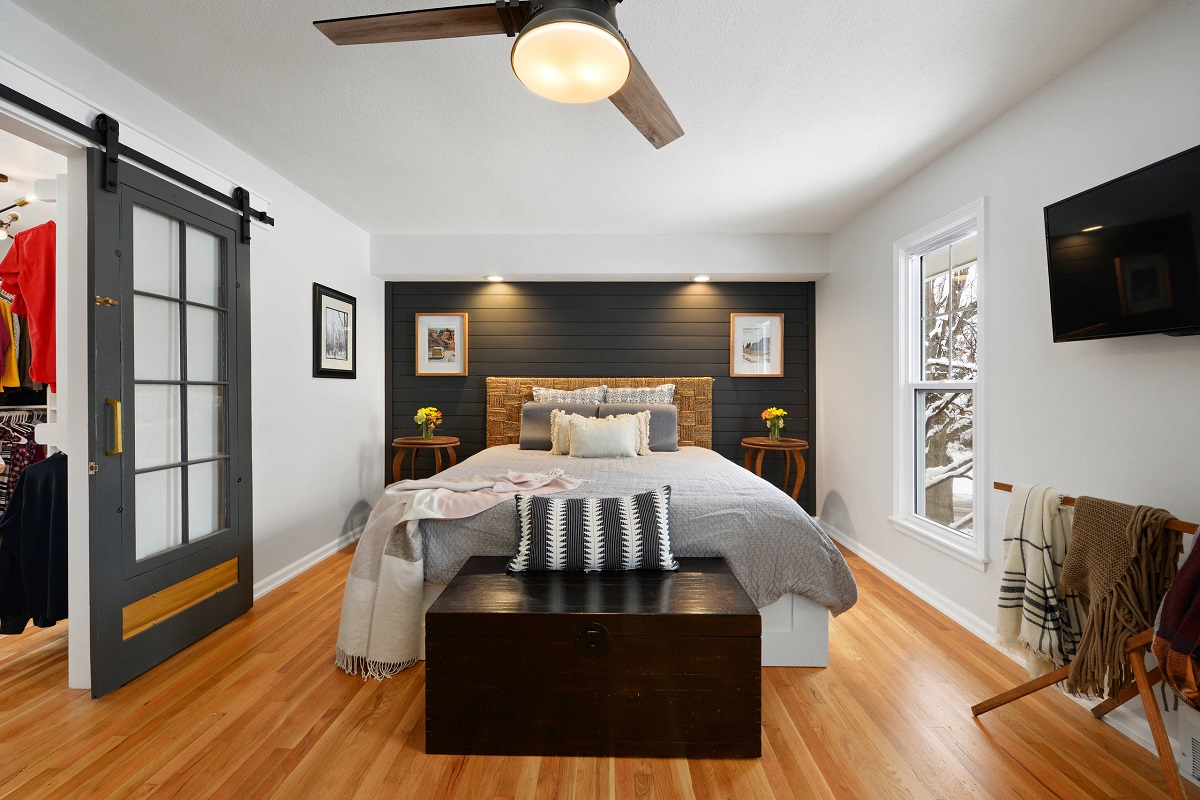
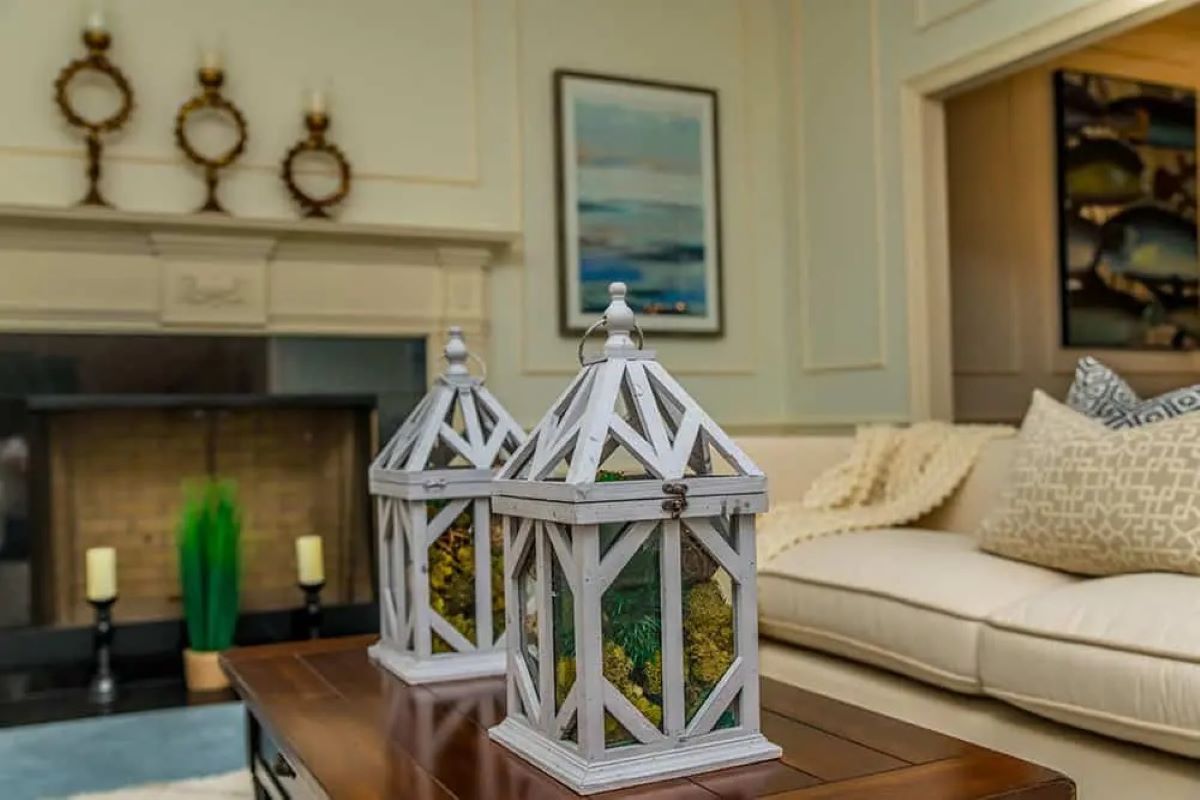
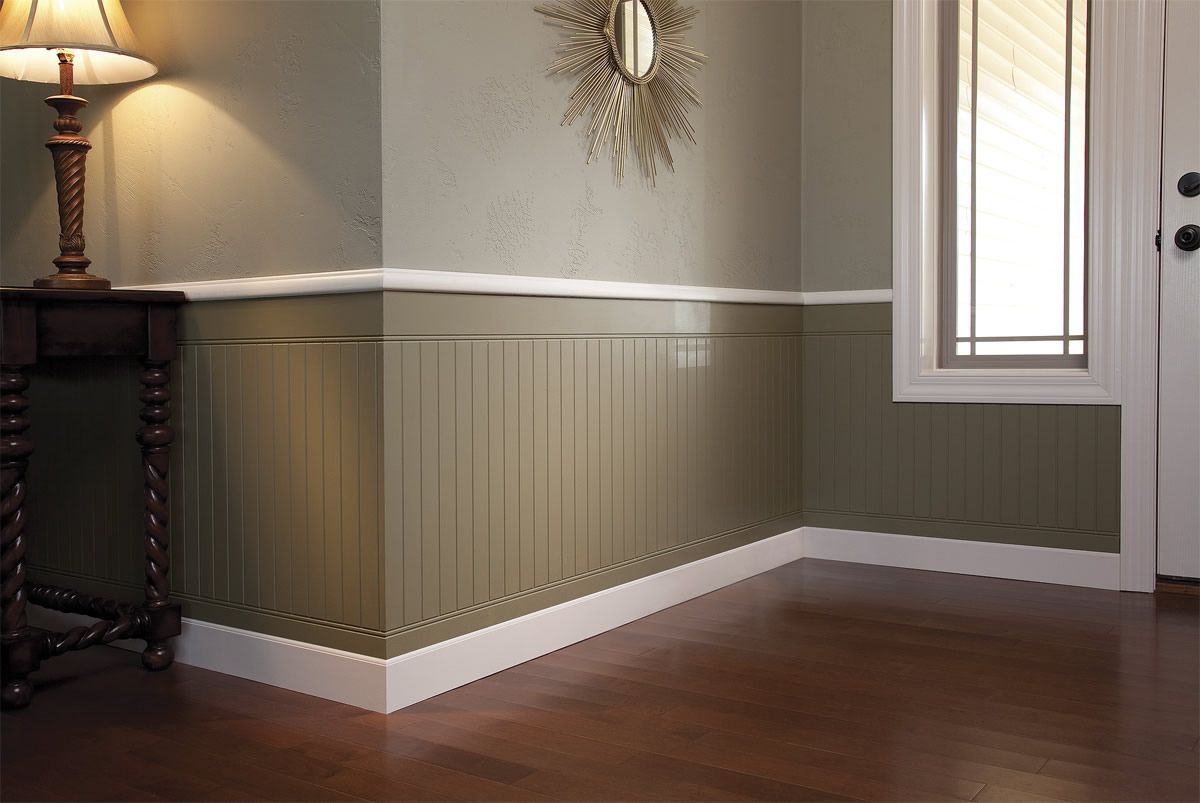
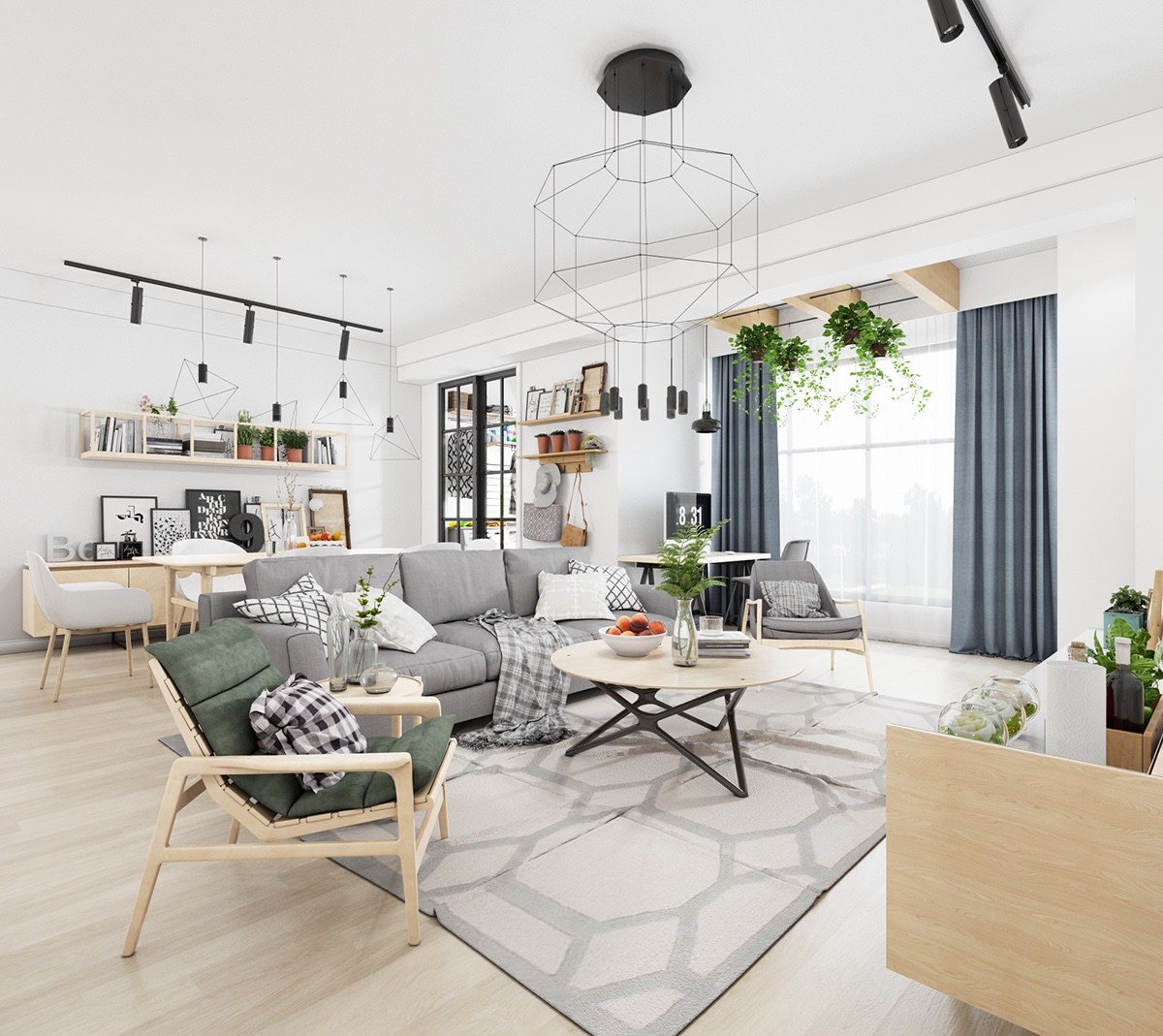
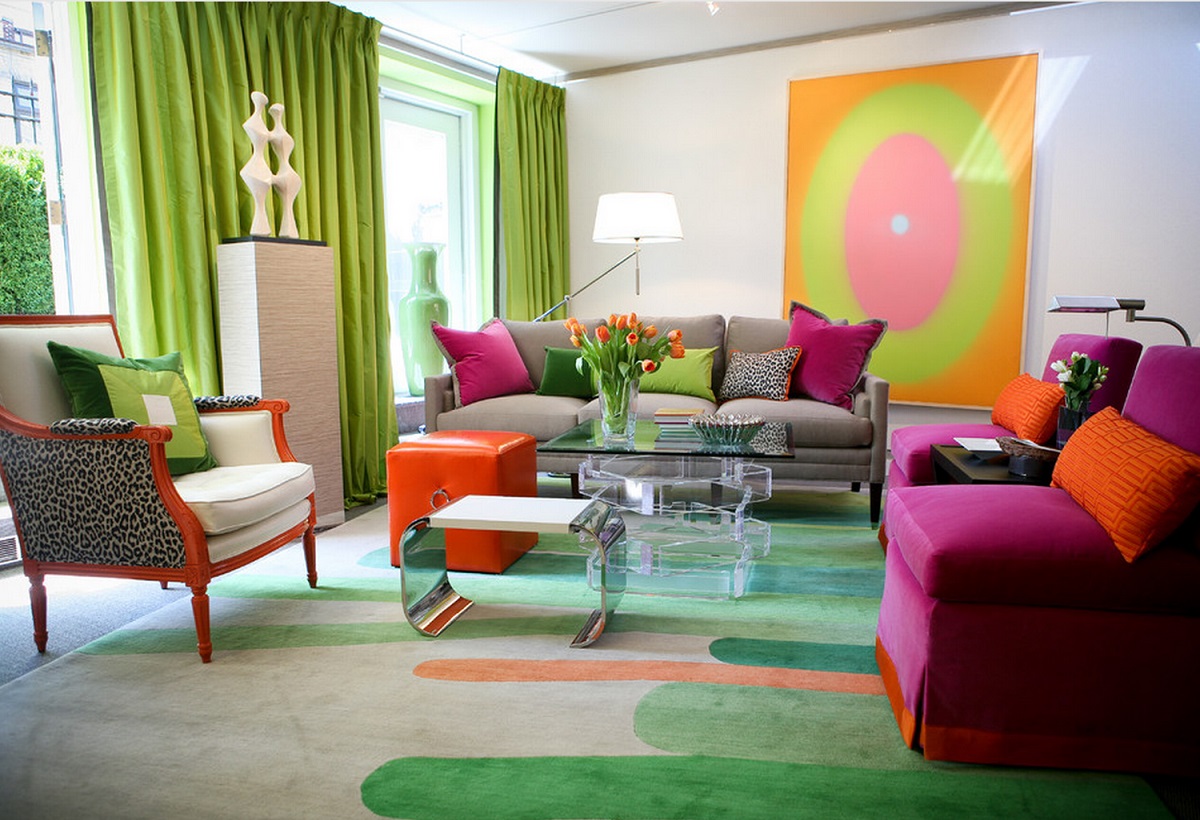
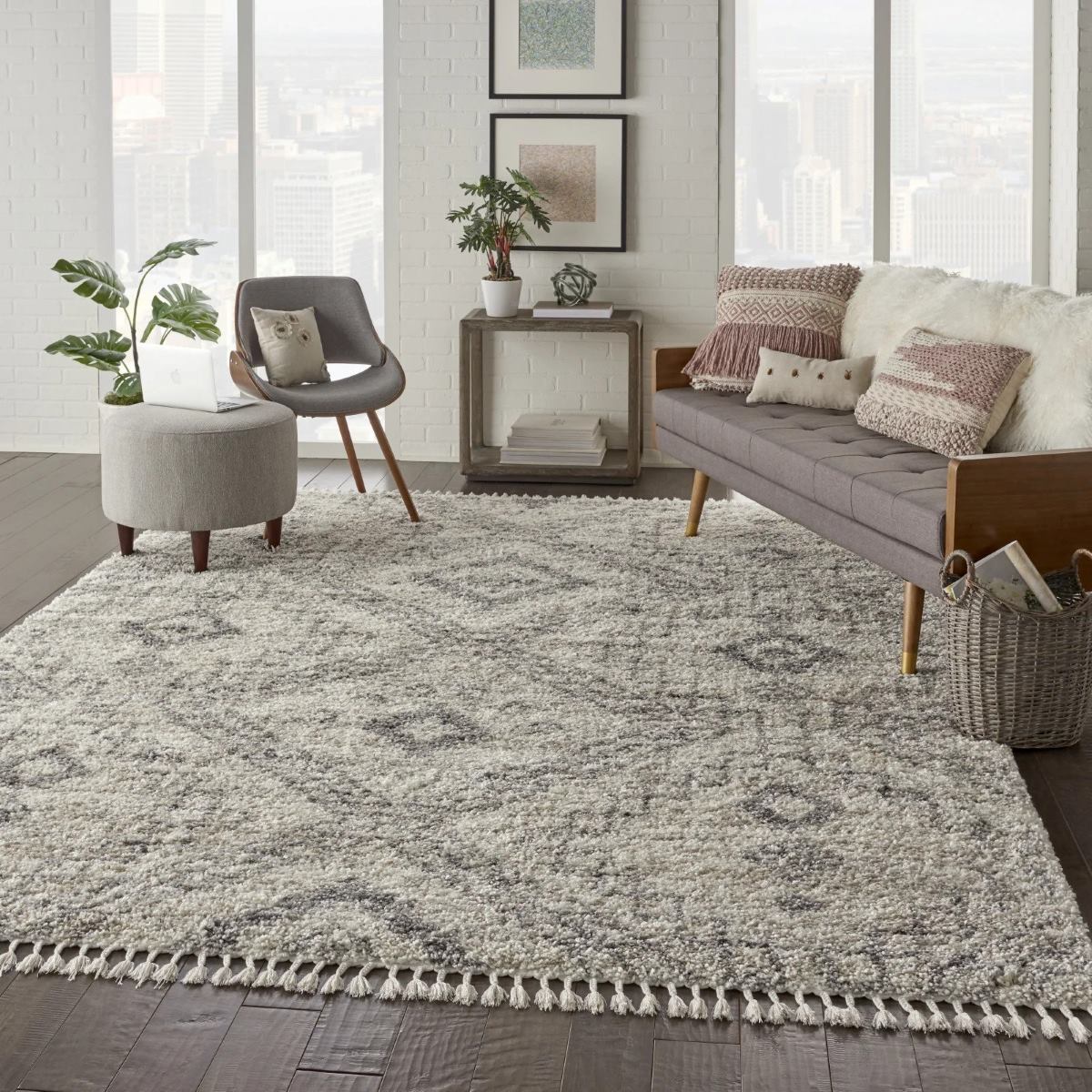
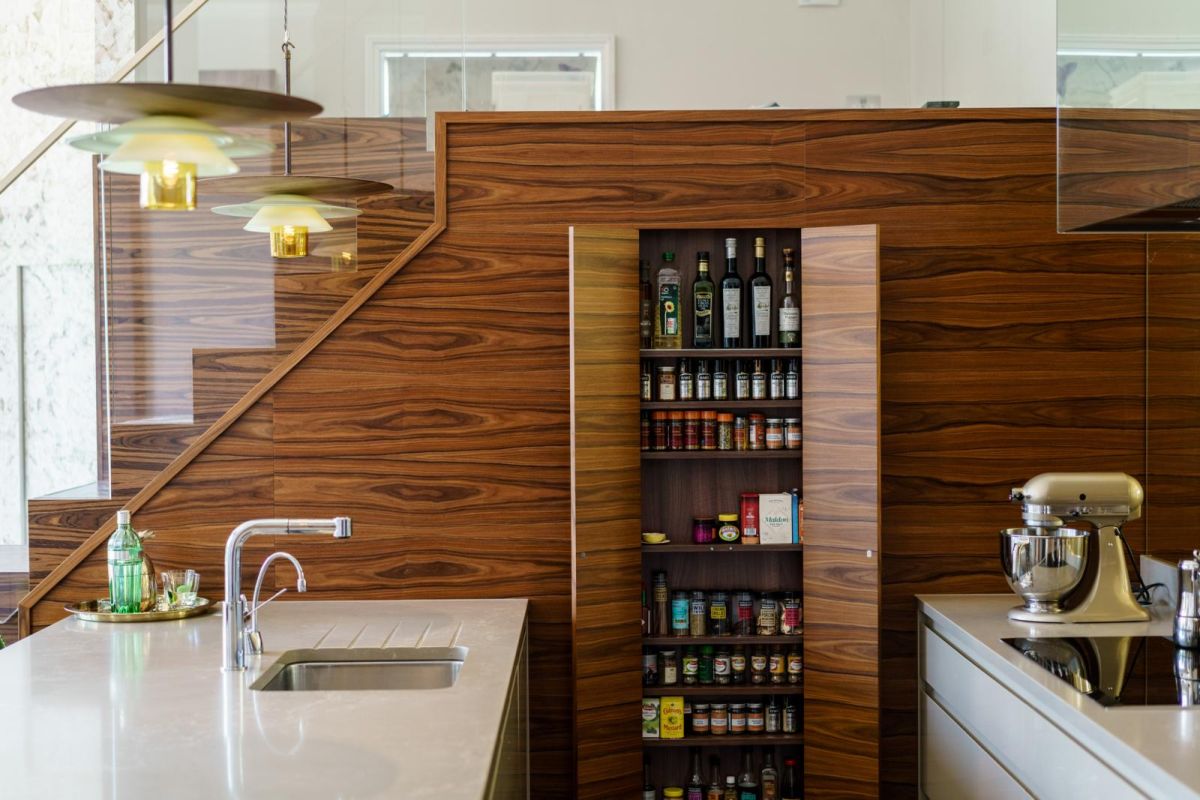
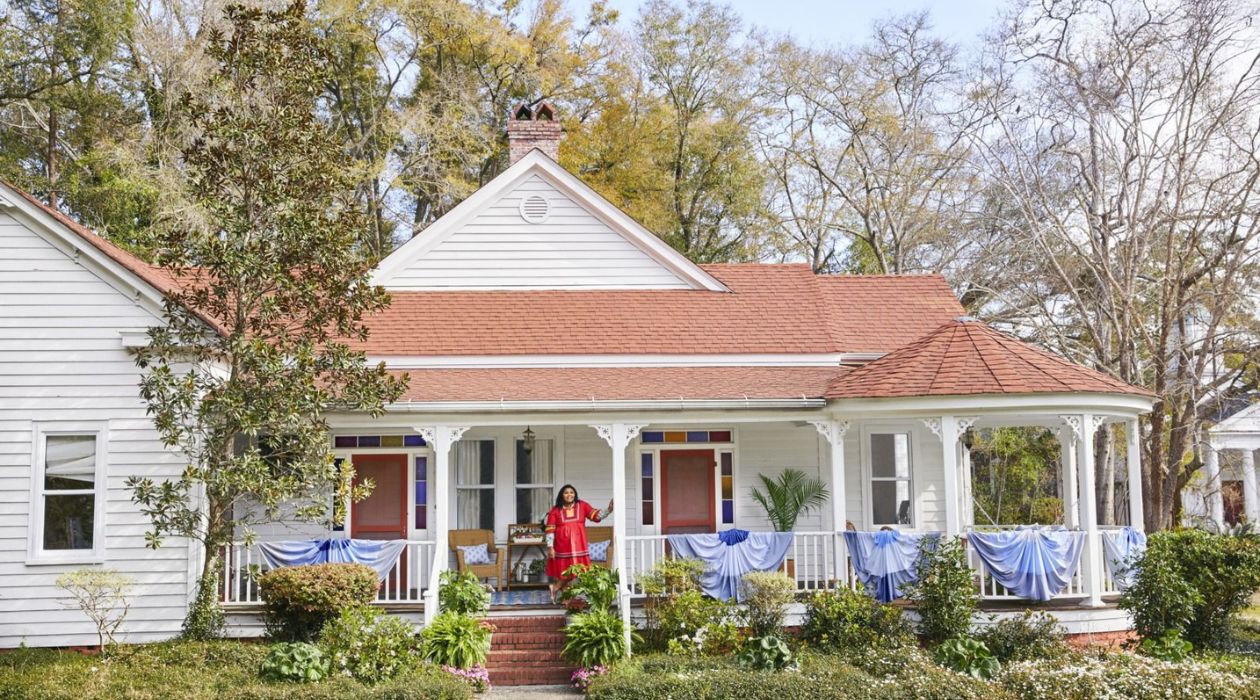
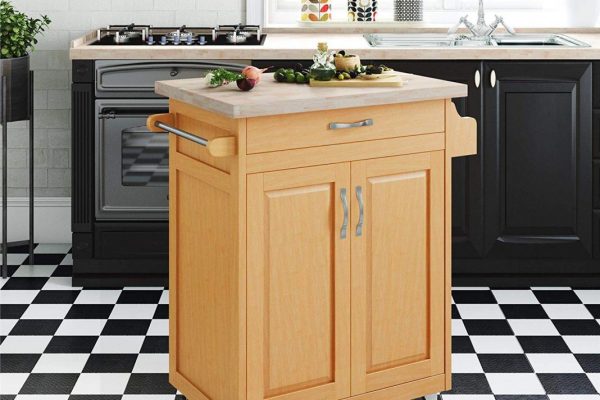
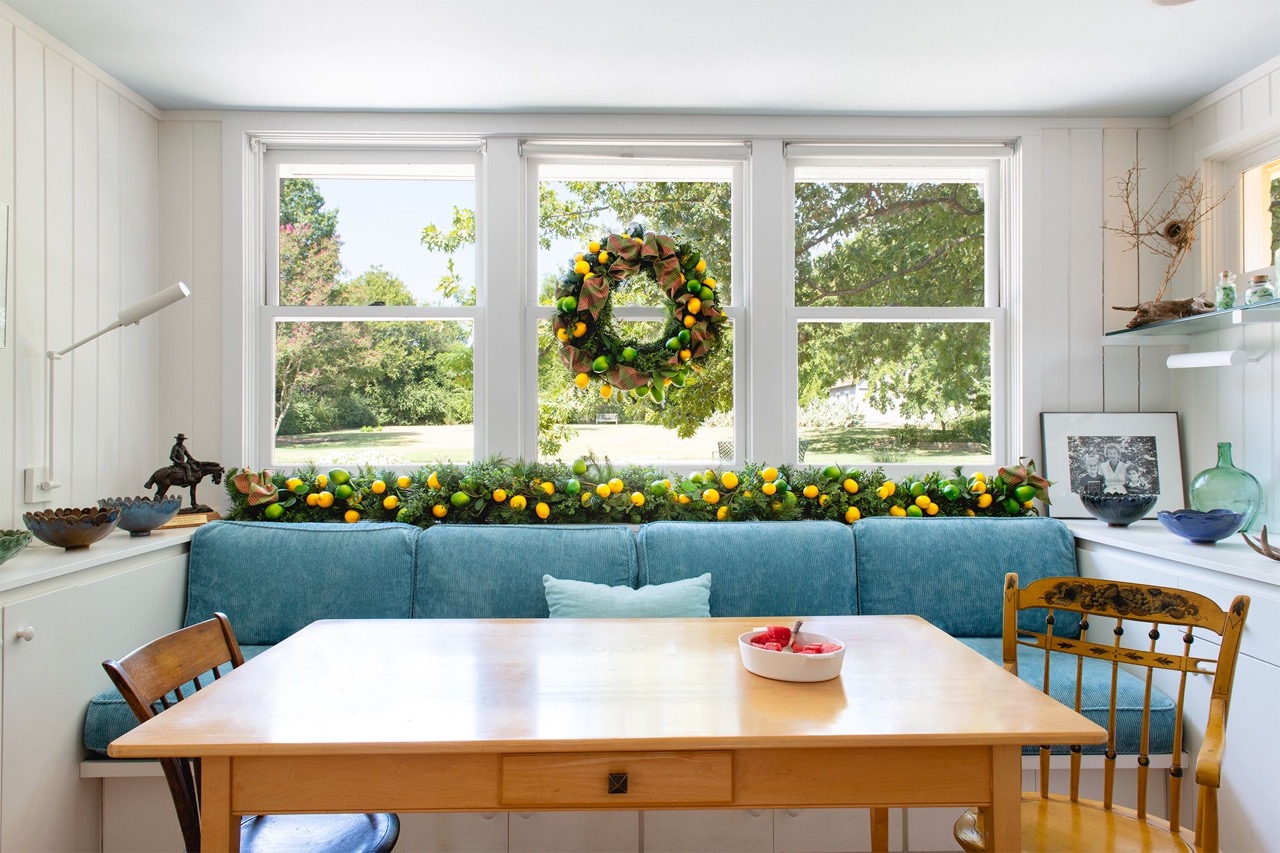

0 thoughts on “Scandinavian Kitchens: 20 Ideas Function And Character”